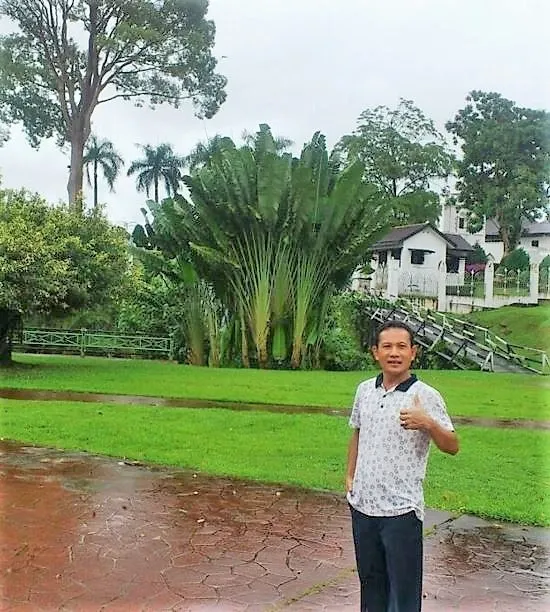 |
| ASTANA, Sarawak |
The tapang tree, also known as "Kompassia excelsa" in scientific language (Latin), seems to have a unique place in your language or culture, and it appears that there is no direct English equivalent for it.
Sarawak takes its name from a river that flows from the Penrissen to Kuching and meanders its way through a wide alluvial plain until it reaches the South Sea.
Astana is an
integral part, inseparable from Sarawak and Bidayuh — there was the Bidayuh
Revolt against the Sultan — where the Rajah pretended to be helping for a
different intention.
In the historical horizon, I also want to
know: why are the Iban called the “Sea Dyak of Borneo?” –one of the books I
read was by Edwin Gomes Seventeen Years among The Sea Dyaks of Borneo (Seeley
and CO Limited, London – 1911).
Sarawak takes its name from a river that flows from the Penrissen to Kuching and meanders its way through a wide alluvial plain until it reaches the South Sea.
The Astana, also known as the palace, was constructed by Rajah Charles Brooke in 1870 during his marriage to Miss Margaret de Windt. It was a bridal gift to his wife. In fact, the Astana consists of a set of three spacious bungalows.
In 1931, the Astana underwent renovation, and skilled craftsmen from Hong Kong were employed to adorn the ceilings of the main rooms with ornate plaster stucco.
Read also Koompassia Excelsa: Natural Beekeeping For The Dayak People
Since Malaysia Day, the Astana has served as the residence of the HE Governor of Sarawak.
At the time of my visit, the Astana was not open to the public, so I was unable to enter and explore its interior. (Rangkaya Bada)















